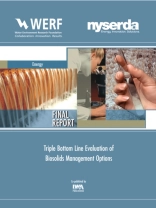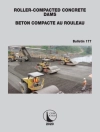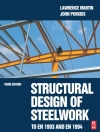The overall goal of this energy project was to aid water resource recovery facilities (WRRF) in moving toward "net-zero" energy use through near-at-hand practices and technologies in the areas of energy conservation, demand reduction, and enhanced production. Many WRRFs looking to become Utilities of the Future are using Triple Bottom Line (TBL) assessments to inform decisions about opportunities for long term sustainability, and to evaluate common wastewater solids management technologies and processes amenable for energy recovery based on social and environmental impacts, as well as financial metrics. Funded through a collaborative effort between the New York State Energy Research and Development Authority (NYSERDA) and the Water Environment Research Foundation (WERF), researchers used a TBL approach to evaluate common wastewater solids management technologies and processes relative to their potential for long term sustainability, including energy neutrality. The TBL assessment began at the point where solids are removed from wastewater (in primary and secondary clarifiers) and continued through the end use, or disposal, of the final product(s). To the extent practicable, the assessment included anaerobic digester side-stream treatment processes.
Steve Tarallo
Triple Bottom Line Evaluation of Biosolids Management Options [PDF ebook]
Triple Bottom Line Evaluation of Biosolids Management Options [PDF ebook]
购买此电子书可免费获赠一本!
语言 英语 ● 格式 PDF ● ISBN 9781780407173 ● 出版者 IWA Publishing ● 发布时间 2015 ● 下载 3 时 ● 货币 EUR ● ID 4425591 ● 复制保护 Adobe DRM
需要具备DRM功能的电子书阅读器












